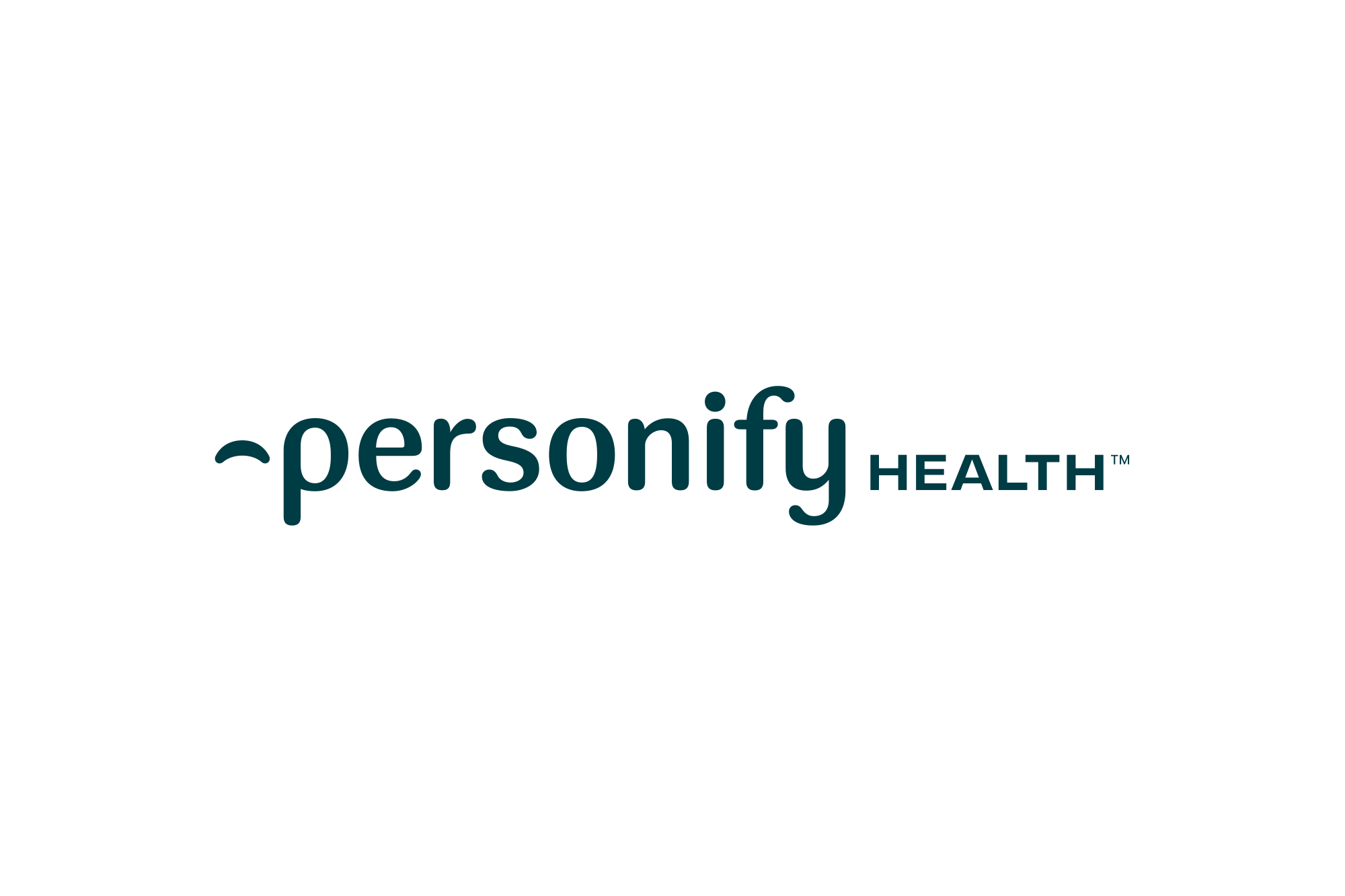Promoting diversity and supporting health equity have risen to the top of the priority list for all types of organizations. One of the most efficient ways to becoming more inclusive is by truly understanding the individual needs of those within your populations, and then meeting those needs with targeted, relevant programming.
Understanding what SDOH means and developing a solid SDOH solution are important steps towards achieving this goal. Gaining this level of understanding is possible, if you use social determinants of health (SDOH) data.
Social determinants of health are opportunities, not barriers
Since SDOH determine approximately 70% of a person’s health status, you cannot create inclusive programming without factoring them in. These social determinants of health (SDOH) include a variety of non-medical factors that affect health outcomes, such as a person’s socio-economic, educational, and housing status.
For example, SDOH like education, job status, relationships, financial stability, community safety, etc., are more telling about what a person can or may do related to their health. Knowing what SDOH factors are at play will actually tell you what the unique individuals within your populations need from you in order to thrive.
How SDOH data can help you develop more inclusive programs
When combined and analyzed, SDOH data can tell you things like what a person is at risk for today and in the future, the best way to reach them, and even if they are likely to respond to your outreach. This vital SDOH insights can influence the direction of a health program by highlighting specific areas of attention. These types of insights can help you more quickly:
- Identify and address gaps in benefits offerings
- Personalize the experience by offering relevant programs, and
- Devise communications campaigns that will reach more of your targeted audience
Gaining access to SDOH data
While you may have access to basic demographic information (salary, gender, marital status, zip code), it is often siloed and doesn’t mean much on its own. Even claims data is retroactive and insufficient—it’s about what has already happened, not what may happen. Examples of DEI in healthcare often emphasize the importance of leveraging SDOH data to offset existing social inequities.
The best way to supplement existing data and gain access to SDOH data is to find a partner that has not only curated a high-quality database but also has the tools to analyze them for individual-level insights that you can immediately use to inform or adjust your DEI strategies.
SDOH programs can become more effective and targeted when there’s a clear understanding of the population’s social determinants of health.
The value SDOH data will bring to your diversity, equity and inclusion efforts
Closing health disparities isn’t possible with a generic approach. It requires personalizing and prioritizing programs and outreach to engage those most in need. SDOH insights can help drive action by identifying and breaking down barriers.
As our Director of Consumer Journey explained, combining these non-healthcare data points with traditional healthcare data (clinical and claims), health plans and providers can ensure that people are receiving wellbeing support specific to their individual needs.
For example, predictive models have shown that if a person tends to vote in local elections, then they are less likely to overuse the emergency room. And consumers who own domestic sedans are less likely to have chronic obstructive pulmonary disease (COPD). Furthermore, personalized outreach using more accessible channels like text or automated voice will deliver more value in the form of higher engagement, improved health and lower costs.
How Personify Health’s SDOH data can help you promote DEI within your organization
Personify Health’s solutions are all build on the industry’s leading consumer database, covering over 275M American lives and thousands of SDOH variables. And our predictive models put the data to work, giving you actionable insights that will help you offer more diverse, equitable and inclusive programming.



